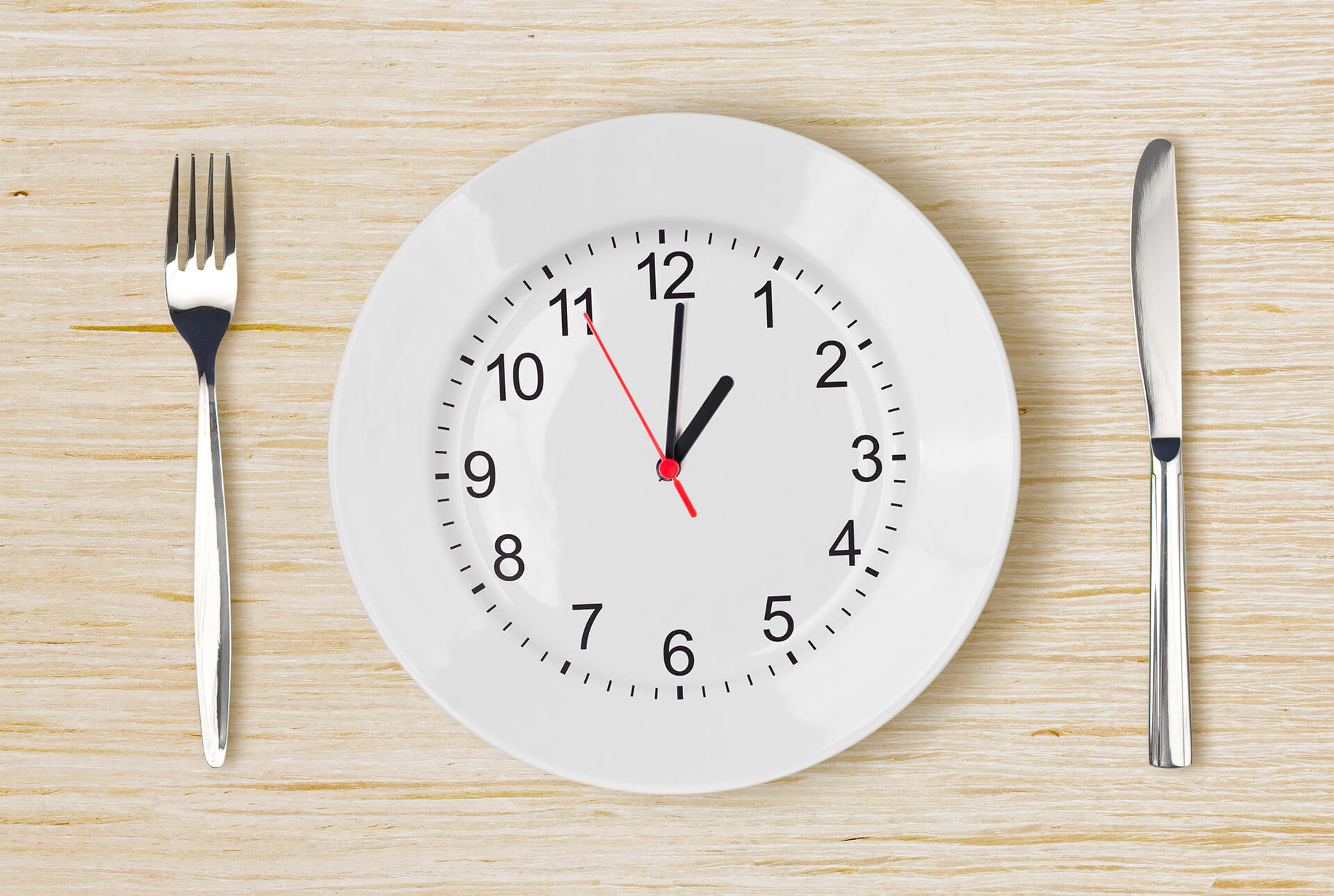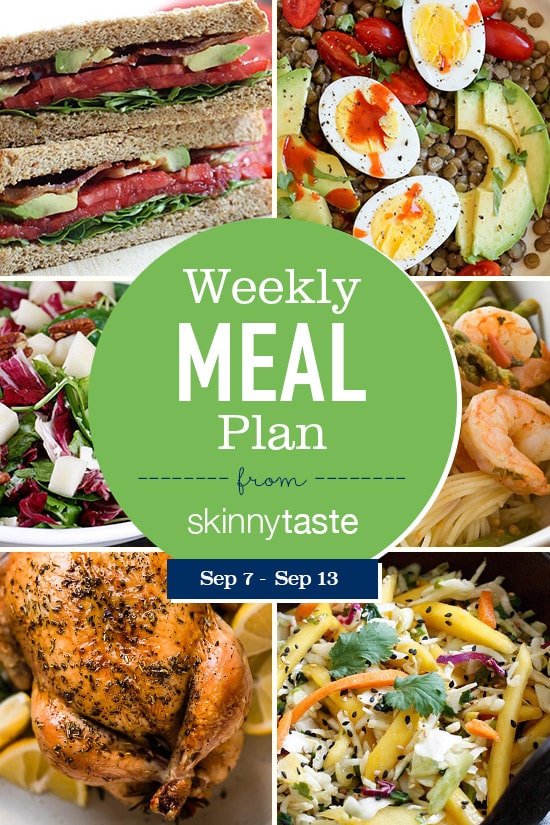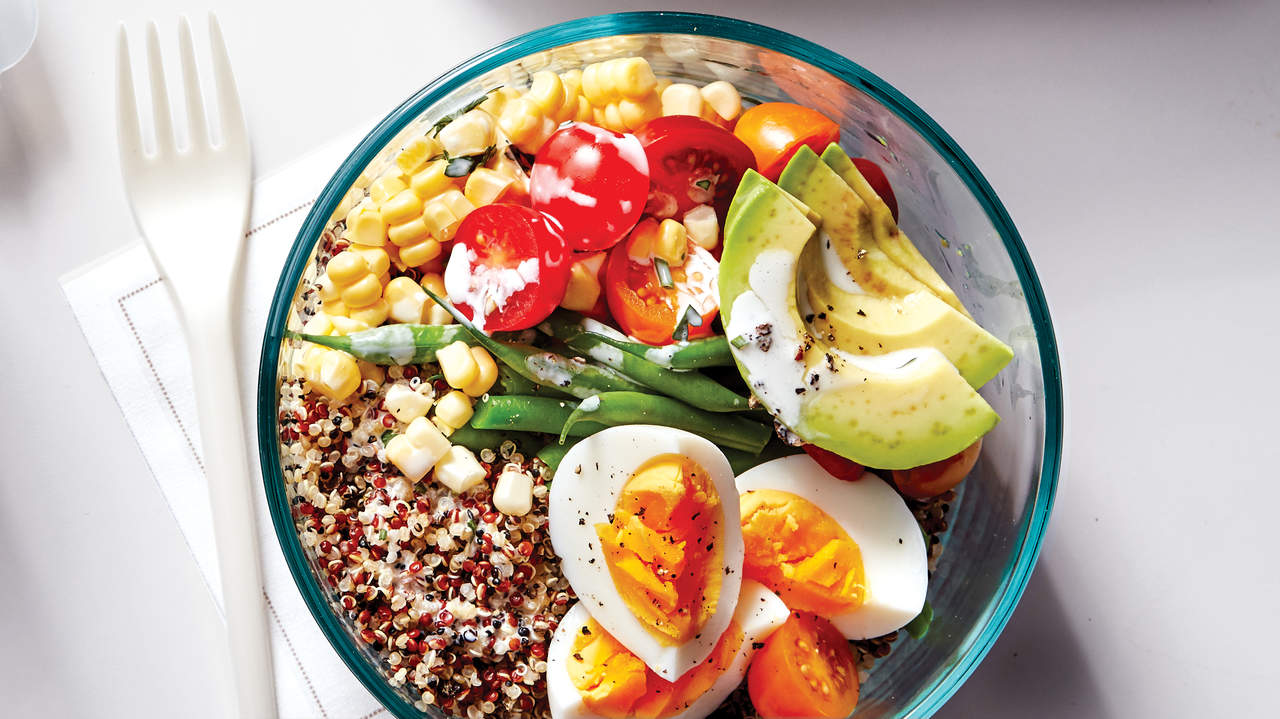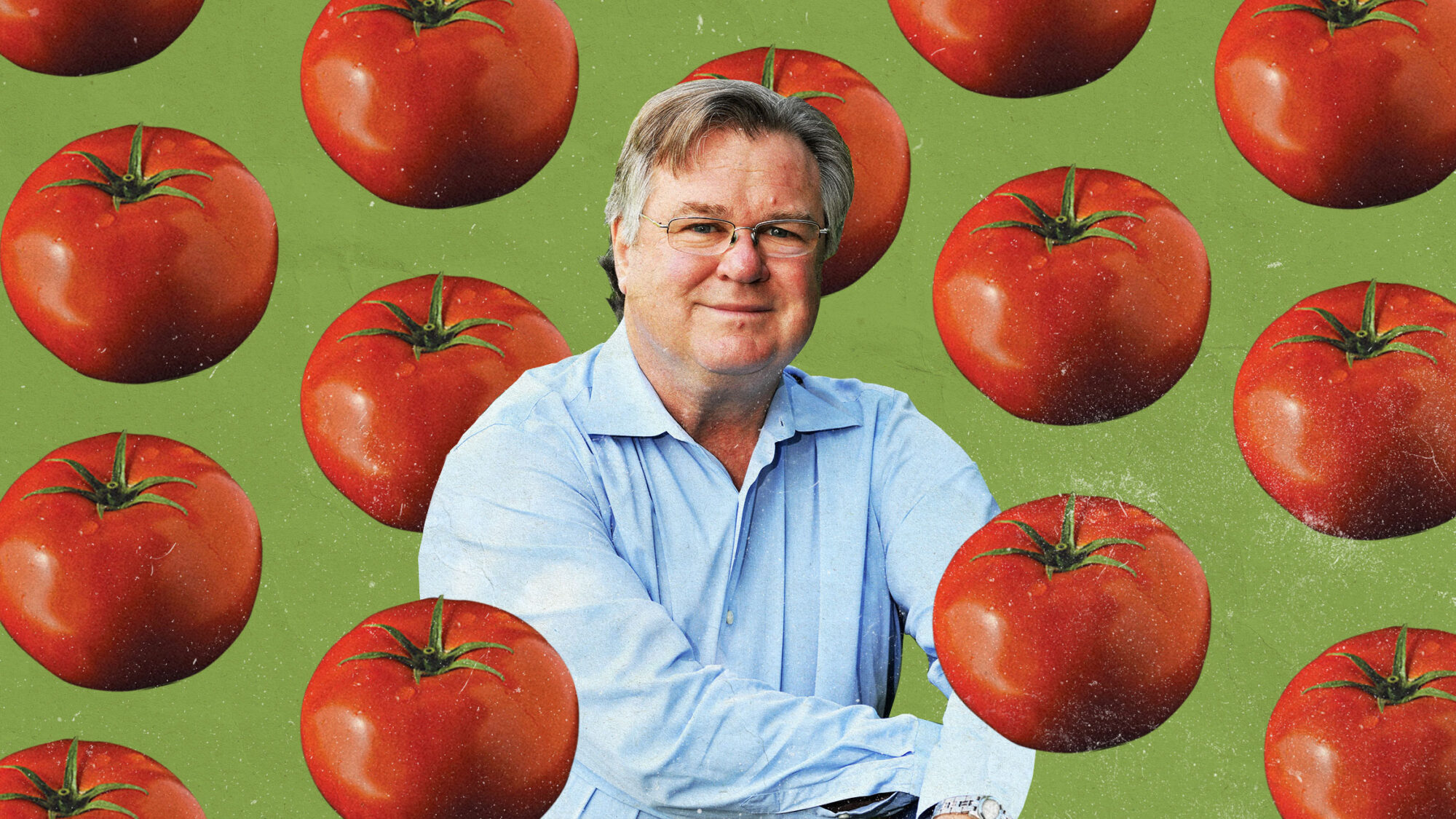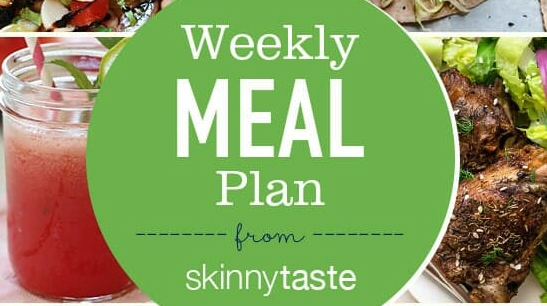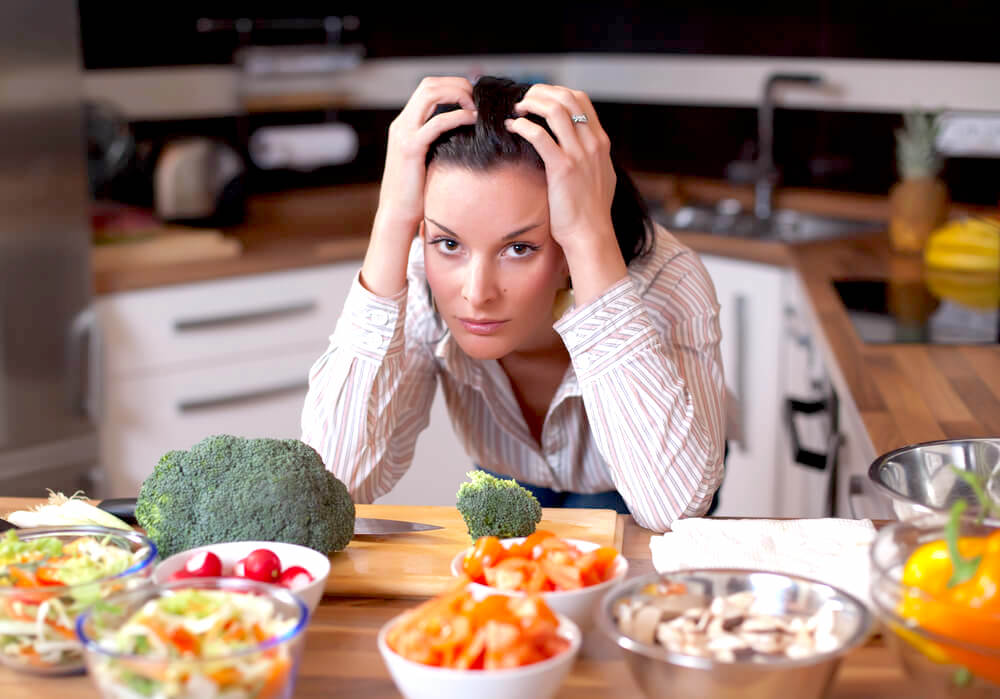
How many times have you read that you need to eat clean, start juicing or only eat foods that have a specific number of ingredients? The advice may be compelling, and even sound science-y, but in the age of Google and information overload, you have to be careful about who you’re turning to for advice.
That’s why, to separate food facts from fiction, I turned to the real nutrition pros— my fellow registered dietitians (RDs). RDs have undergraduate degrees (and often graduate degrees, as well) from accredited programs, complete at least 1,200 hours of supervised practice, pass a registration exam and meet continuing education requirements in order to maintain their professional status. Let’s just say they know a thing or two. Here are their top food misconceptions they’d prefer you’d forget.
MYTH: THERE ARE NO BAD FOODS
FACT: Let’s set the record straight. A soda is not of equal nutritional value as a piece of salmon. Lauren Slayton, MS RD, founder of Foodtrainers likens the perpetuation of this food fairy tale to handing out trophies to everyone on the soccer field. In a child’s protective bubble, it’s considered hard to process the truth that some kids are better soccer players (or baseball players or gymnasts) than others. But the reality is, as we’ve just seen with the Winter Olympics, there are only a few spots on the podium — for the winners.
As adults, we should be able to handle the truth that not every food is a winner. “We can’t compare a KitKat to spinach,” says Slayton. “Some foods are better than others and some foods are bad for you. Does this mean we need to live exclusively on ‘good’ foods? No.” But, she says, we must accept that just like street drugs are bad for us and we should limit contact with toxic people in our lives, some foods are also unhealthy.
“In this age of nutrition confusion, let’s be clear in the advice we dole out. It’s okay to say some items in the market are unhealthy or treats or bad. Don’t worry. The KitKat won’t be insulted,” she adds.
MYTH: USE UNREFINED SUGAR IN PLACE OF ORDINARY SUGAR
FACT: “Sugar is sugar!” says Lauren Harris-Pincus, MS, RDN, author of “The Protein-Packed Breakfast Club.” It doesn’t matter what you call it. Honey, agave, maple syrup, coconut sugar, cane juice, fruit juice concentrate and more are all code words for sugar. “You may benefit from scant amounts of a few extra vitamins or minerals in certain sweeteners, but make no mistake, they’re all added sugars and all contribute to the recommended daily limit on added sugars in the diet.” The American Heart Association suggests a cap of 24 grams per day (6 teaspoons) for women and 36 grams (9 teaspoons) for men. Instead of getting minuscule amounts of nutrients from maple syrup, stick with the targets for added sugar from any source and meet your nutritional needs from healthful whole foods.
MYTH: FRUIT HAS TOO MUCH SUGAR
FACT: Of all the food lore circulating, few make dietitians as crazy as this one. “It’s amazing how many people think fruit should be avoided,” says New York City-based dietitian, Natalie Rizzo, MS, RD.
She breaks it down this way: “Our brain needs natural sugars in the form of glucose to function properly. Our muscles need those same natural sugars to perform exercise.” True, you should keep tabs on sugar added to processed foods, but the sugar in fruit is different. “It’s paired with so many other beneficial vitamins, minerals and nutrients,” she says. “Bananas have tons of potassium, red grapes have antioxidants, and pineapple is loaded with vitamin C. There is no reason a healthy person should avoid fruit,” explains Rizzo.
MYTH: JUICING IS A GREAT WAY TO LOSE WEIGHT
FACT: Juicing to lose weight is a terrible idea. “This is not a good road to lasting weight loss,” explains Amy Gorin, MS, RDN, owner of Amy Gorin Nutrition in the New York City area.
There are so many reasons Gorin advises against juicing. “For one, drinking only juice would leave you short of the calories your body needs to optimally function. You’d also be getting mostly carbohydrates and would be lacking the protein and healthy fats your body needs daily. Protein and healthy fats help to keep you full, so you’d also likely be very hungry on this diet!.
It may not be as sexy as juicing, if you really want to lose weight, Gorin recommends filling up on healthful foods instead. “Eat a balanced diet of fruit and vegetables, lean protein such as tofu or salmon, whole grains (oatmeal or quinoa are great picks), and healthy fats such as avocado and olive oil.” She also suggests cutting calories by limiting the foods that don’t need to be in your diet, such as alcohol.
MYTH: ONLY SHOP THE PERIMETER OF THE STORE
FACT: Believe it or not, this isn’t the perfect recipe for your body or your wallet. “It’s true that the perimeter of the store holds colorful produce (fruits and veggies that don’t even require labels), meat and poultry, and the dairy, but if you ignore the center aisles, you’ll be missing out on valuable foods that are kind to your body and your budget,” advises Bonnie Taub-Dix, RDN, author of “Read it Before You Eat It – Taking You from Label to Table.”
When you steer towards the center, you’ll discover plant foods like beans, whole grains and nuts. “These foods are delicious, healthy, affordable, versatile and easy to store,” she says. Still, you can’t ignore the fine print known as the ingredient list and Nutrition Facts Panel. “Flip packages over to read what you’re really getting,” says Taub-Dix.
MYTH: DON’T EAT EGG YOLKS
FACT: This myth persists for dieters trying to cut fat and calories, but according to Angie Asche, MS, RD of Eleat Sports Nutrition, skipping the yolks is a big nutrition miss. “Egg yolks are rich in vitamins A and D, fatty acids, and antioxidants lutein and zeaxanthin, to name a few,” she explains. Asche encourages eating the whole egg for the most nutrition.
You Might Also Like:
MYTH: DRINK 8 GLASSES OF WATER PER DAY
FACT: Certainly, dietitians are proponents of proper hydration, both for working out and everyday life. It’s the standard advice that they take exception to. “Everyone varies in their age, size, gender, activity level and health status, so there isn’t one fluid recommendation to suit everyone’s needs,” explains Rizzo, who instead, offers the following tip for determining your fluid status. Check your urine output and color. “If there is a sizable amount and it’s pale yellow in color, you’re properly hydrated. If you only put out a small amount of dark-colored urine (like apple cider vinegar), you’re dehydrated,” she explains. The goal: drink enough fluid until your urine is consistently pale yellow. That’s when you know you’ve met your individual fluid needs.
MYTH: FILL UP ON SUPERFOODS
FACT: “The term superfood is a buzzword that has no meaning in the scientific or medical community,” according to Mitchell Zandes, registered dietitian and nutrition blogger. How does a food get to superfood status if there is no acceptable definition? Though Zandes appreciates that superfoods are generally healthy, thereby steering people towards nutritious fare, there’s no need to make a distinction between one healthful food and another. Just because a banana may not show up on a superfoods list doesn’t mean you should avoid bananas at all cost. Recognize that headlines are meant to grab your attention but the reality is that even if it doesn’t make it on a top 10 list, plant foods (those fruits and veggies, nuts and seeds, beans and whole grains that dietitians routinely recommend) will bring goodness to your plate and your body.
MYTH: GLUTEN FREE = HEALTHIER
FACT: “While it’s important to avoid gluten if you have a medical condition, like celiac disease, being gluten-free doesn’t automatically make a product better for you,” according to Patricia Bannan, MS, RDN, author of “Eat Right When Time is Tight.” “Gluten-free products can vary greatly in the amount of sugar, fat, and other nutrients they contain,” she explains.
When manufacturers remove gluten, they often make up for the difference in flavor and texture by adding more sugar, salt and refined starches, like potato and tapioca starch. To avoid getting duped by gluten free foods, check the ingredient list and Nutrition Facts label to ensure your gluten free pick is also a healthy choice.
MYTH: YOU NEED TO CUT CARBS TO LOSE WEIGHT
FACT: “A big misconception my clients have is thinking that completely eliminating bread, potatoes, pasta and rice will help with achieving a healthier weight, improving brain function, and a number of other things that don’t have strong scientific backing,” says plant-based dietitian Catherine Perez, MS, RD, LDN. “Carbs, in the form of whole grain or whole starch sources, are packed with B vitamins, folate and fiber,” she says, adding that fiber helps fill you up and feel more satisfied with meals. Both of these factors can help you achieve weight loss. Eating these foods can also keep your digestive system humming and prevent constipation — an issue that can plague carb-avoiders.
No one food can make you gain weight.
MYTH: PASTA MAKES YOU FAT
FACT: Just in case you weren’t convinced that carbs can be okay, nutritionist Keri Gans, MS, RDN, author of The Small Change Diet, offers this reminder: “No one food can make you gain weight.” Take note: It’s all about the portion and preparation. “A huge bowl of fettuccine alfredo is definitely going to be high in calories. Prepared differently, you’ll get a healthy meal. One of my favorites is a one-cup serving of pasta sautéed in olive oil with lots of veggies (spinach, broccoli and artichokes, being some of my go-tos), with grilled shrimp.” You don’t need to live without pasta, but find some other ways to love it as Gans recommends.
This article was originally published here


